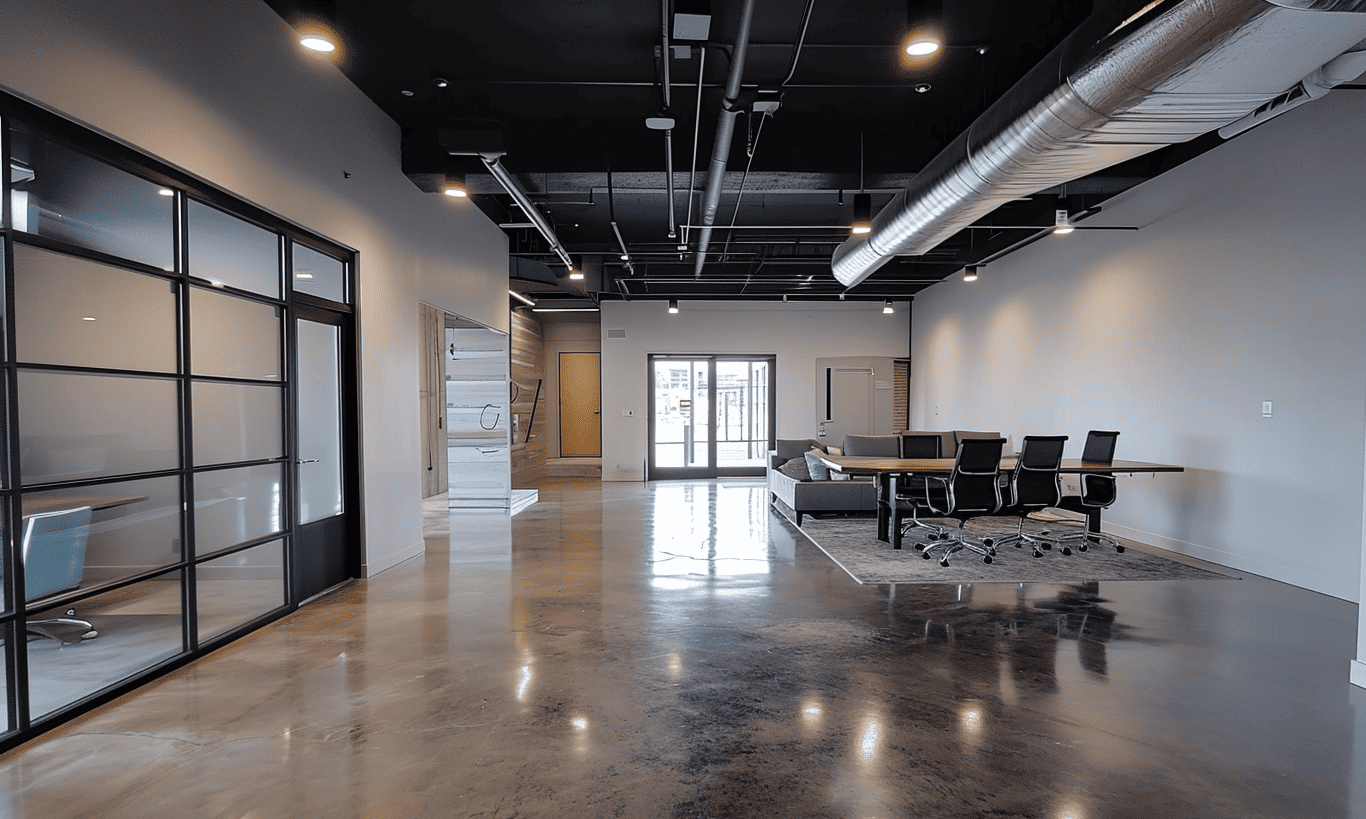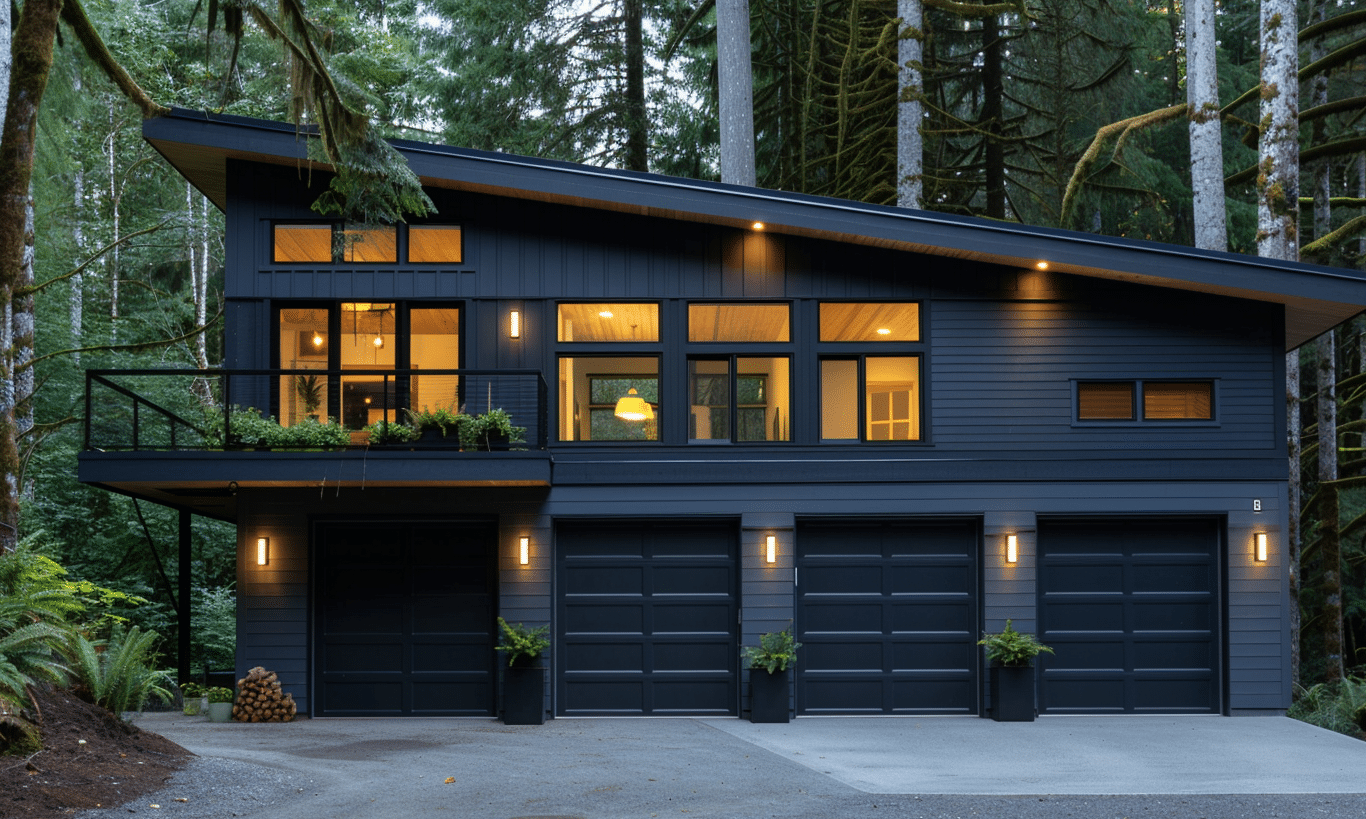Addressing Overcrowding: Edmonton Schools Exploring Modular Classrooms
Edmonton’s public schools are experiencing an unprecedented surge in enrolment, a phenomenon that’s causing serious overcrowding issues. According to the Edmonton Public School Board, the influx of students is so significant that it equates to the necessity of adding one new modular classroom every day. This mounting pressure reflects the urgent need for innovative construction solutions, like modular metal buildings that can be speedily erected to accommodate the school’s growing numbers.
The Rising Wave of Student Increase in Edmonton

The problem isn’t unique to Edmonton, as regions worldwide grapple with increasing student numbers, but the rate of growth in Edmonton’s public schools stands out. More students are enrolling in these schools, adding to the strain on the already limited infrastructure. Imagine walking into a room designed to host 20 students, but instead, you are greeted by the sight of 35 tentative faces crammed into the available space. This is a stark reality for some of Edmonton’s classrooms.
Can Modular Classrooms be the Solution?
But what if there was a solution to the overcrowding issue that didn’t involve the construction of traditional buildings which are costly and take months to complete? What if this solution could be set up in record time, with less expenditure and disruption to the existing school calendar? This is where modular classrooms come into play.

Enter the Realm of Modular Classrooms
A modular metal classroom is a type of portable classroom constructed off-site in a factory before being transported and assembled on the school grounds. They are often used to provide quick and affordable accommodation for students amidst rapidly increasing school enrollment rates.
Why Modular Classrooms?
So why choose a modular construction approach to combat the problem of school overcrowding? Firstly, these buildings can be erected quickly, thereby keeping classroom downtime to a minimum. Plus, they’re cost-effective, allowing the school board to extend its budget across more classrooms and more students without sacrificing educational quality.

Moreover, modular classrooms aren’t just affordable; they’re also environment-friendly since they reduce waste and energy consumption during the building process. In addition, modular buildings provide flexibility for future expansion plans, making them a savvy investment for our already-bursting Edmonton public schools.
Conclusion
The rising enrolment rate within Edmonton public schools is a complex issue that requires innovative, tangible solutions. With the increasing need for new classrooms equivalent to one additional modular classroom each day, the importance of flexible, quick, and cost-effective building solutions cannot be overstated. In this regard, modular metal classrooms may offer the solution that Edmonton’s public schools desperately need.
As the countdown continues and the number of students multiplies, the poignant question remains: how can we best accommodate our students to ensure they enjoy a conducive learning environment? Perhaps the answer to Edmonton’s classroom crisis lies not in brick and mortar, but in modular metal buildings.
What’s your take on this? Do you think modular classrooms could effectively combat overcrowding? Or do you have other solutions to offer? Share your thoughts below or ask any questions, let’s engage in this necessary conversation. For more on our groundbreaking solutions, you can check the original news source.




